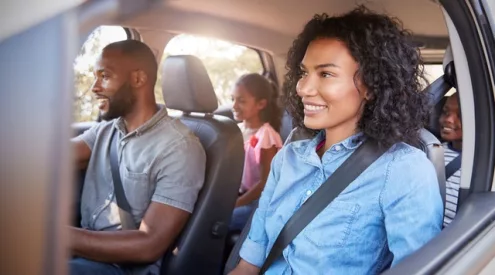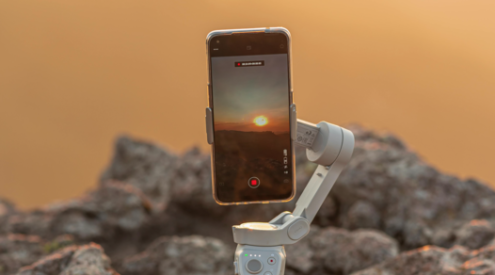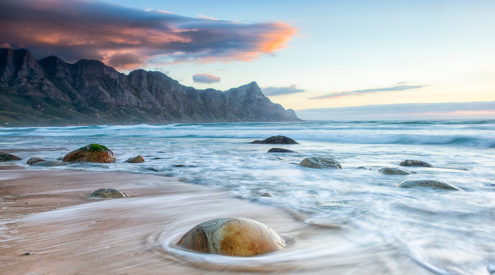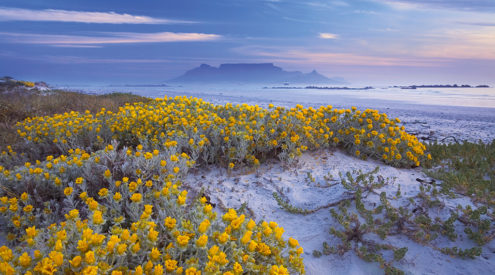Taking good travel portraits is tricky. Once you have permission from your subject, there’s little time to get the right shot before the moment is over. Here are 11 tips to keep in mind.
I weighed my hefty camera against the equally heavy question of whether to approach him, and with that hesitation the moment passed. Cheerfully oblivious to my indecision he continued on his way, a weather-seasoned man on a diminutive pony picking his way up the rocky Peruvian mountain path.
Many of you reading this may have felt the same mental freeze that I experienced, the swaying to and fro between approaching a total stranger and possibly getting an image you like. What changed the game for me was realizing that these same interactions I worried about often led to words being shared, knowledge gained about each other and smiles spreading across our faces as we parted ways. A few years ago I decided to ignore that doubt-filled voice and take up every opportunity I felt I couldn’t pass up on.
And so with that flash of remembrance, I heeled my horse in a hasty half-turn and trotted up past his flock of dust-covered donkeys and lone matted sheepdog. My questioning smile and half-presented camera were met with crinkled eyes, a subtle nod, and then a gathering of reins and proud stance, sheepdog at his feet and mountain at his back as he waited for me to take his image.
Seldom do you regret taking an image. Once you have some sort of permission from your subject, the next thing to bear in mind are your photographic techniques to ensure the moment is not wasted. Here are some of the tips I have picked up over my years to improve your travel portraits.
11 tips for taking better travel portraits
Seek out shade and covered areas.
I’m sure every photographer get glossy-eyed at the thought of soft, flattering light. This quality of light is beautiful for portraits.
Approach people with a smile and try pick up a conversation.
You’ll learn more about their life and walk away with a deeper experience.
Watch their eyes.
Eyes are incredibly powerful and immediately form a stronger connection with the viewer. Try position you subject in front of a light source to create lively catch-lights in their eyes.
Don’t be offended if people would rather not have their image taken.
Asking beforehand, either verbally or tacitly, can solve a lot of situations. Move on if you are refused.
Consider offering payment
Yes, it is a controversial topic. However from my side, I have no problem tipping certain people that I photograph. If small change makes our contact beneficial to both of us (and I reeeeally want the image) then I have no qualms at all about offering a tip.
Lastly, remember that the subject before you is a person, not an object.
Rather shoot too little than too much, taking images only when you know the scene is worth it and the person you are photographing is happy with you doing so. Don’t just take their image; walk away having created a mutually beneficial encounter.
In the December 2013 Masterclass, Dylan Kotze put together some tips which are definitely worth a recap.
Find the right scene
Photograph people occupied with a familiar activity from their daily lives, such as selling food at a market, cooking at home or playing games. They’re less likely to be self-conscious, which will result in more natural-looking pictures.
Be accepted
Ask permission to take photographs, shake hands, take an interest in your subject’s work, home and family, learn a few words of the local language, smile lots and generally treat people with respect. They aren’t inanimate tourist attractions. Being accepted is key to making better photographs and creating a richer interaction.
Include context
Use a wide-angled lens (between 15mm-50mm) to make the surroundings an integral part of the photograph. Reposition the subject to include elements of the environmental context that allow the viewer to learn something extra about the person.
Show them your photographs
Take a few shots, the show the subjects the pictures on your LCD screen. This gives you a chance to review the images and puts people at ease, especially if they aren’t used to cameras. Take this involvement even further and share the pictures on social media if your subject has an online profile.
Carry on shooting
Keep your eye glued to the scene and look for spontaneous moments between posed shots. Amazing images often occur when the person isn’t ready.
Do you have any hints or tips for fellow photographers on travel portraiture? I would love to hear them in the comment section below.

















